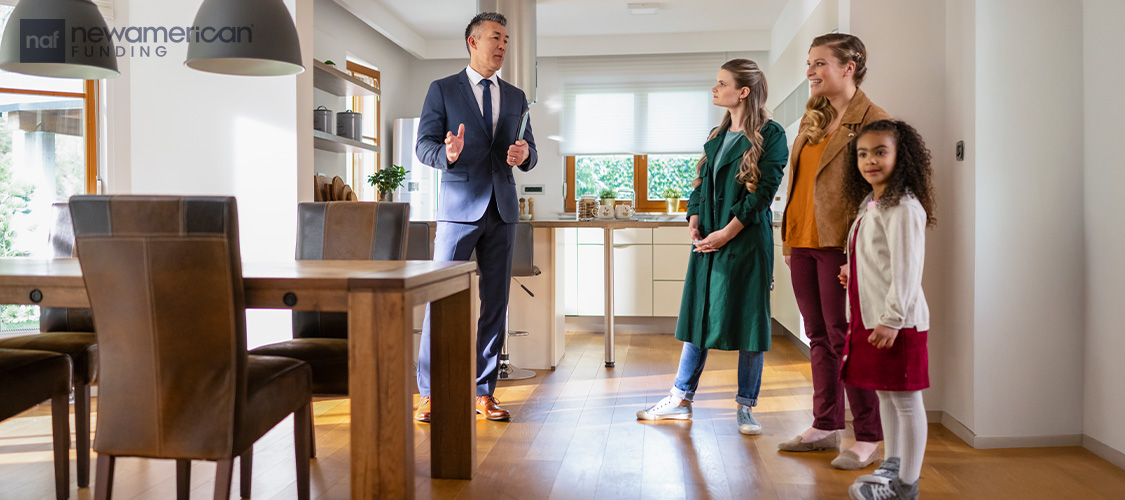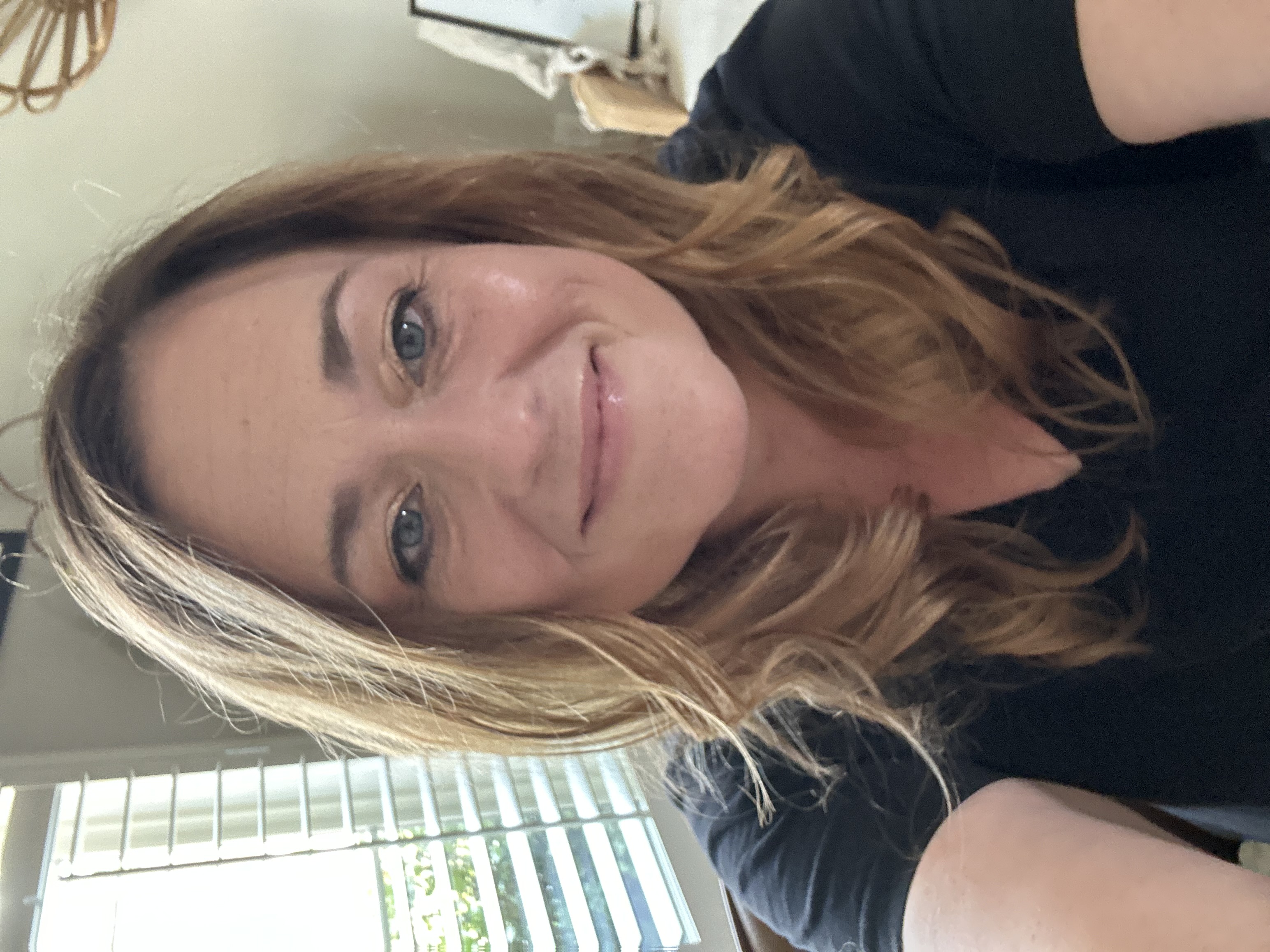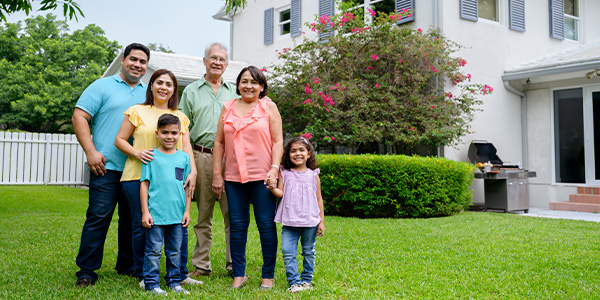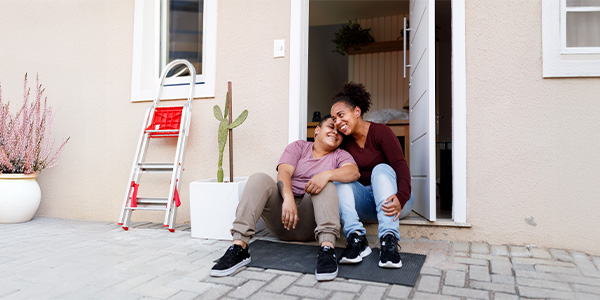Inclusive Lending
Pride in Homeownership: What LGBTQ+ Buyers Should Know Before Purchasing a Home
June 2, 2025
Before making an offer on a home, some LGBTQ+ buyers are doing more than checking the list prices and number of bedrooms—they’re scanning for subtle signs of inclusion.
Many members of the lesbian, gay, bisexual, transgender, and queer community are worried about discrimination and awkward questions as they buy a home. Those fears often aren’t unfounded. Amid inconsistent legal protections, navigating a home purchase can require caution.
Only about 51% of gays and lesbians and 48% of transgender individuals are homeowners, according to a 2024 Urban Institute report. That’s compared to 71% of straight, cisgender people.
“Many LGBTQ+ buyers are worried about racism and discrimination,” said Anita Blue, a real estate agent in the Houston area.
Those concerns may prevent someone from even attempting to purchase a home. Many members of the LGBTQ+ community may also be younger, unmarried, and prefer to live in more inclusive, urban areas, which are generally more expensive. This can make it hard to afford homeownership.
In addition, LGBTQ+ buyers typically want to ensure their new neighborhood is a safe, welcoming place to live. Yard signs, rainbow flags, even the absence of certain symbols can signal whether a community is the right fit.
“Drive the neighborhoods,” said Blue. “People have signs in their yards, so you’ll know if you move to these areas whether it would be safe.”
LGBTQ+ homebuyers may want to work with members of their communities

LGBTQ+ buyers may feel more comfortable working with real estate agents and loan officers who are either part of their communities or are allies. Asking friends and family for recommendations can help them choose their real estate team.
LGBTQ+ centers and Pride organizations often maintain lists of affirming real estate professionals.
Buyers can also find gay-friendly real estate professionals through the LGBTQ+ Real Estate Alliance or platforms like Everywhere Is Queer, a searchable global map of queer-owned and queer-affirming businesses.
“You feel safer with someone who is part of the community,” said Blue. “You feel like you’ll get fair representation.”
Jennifer Madrid, a sales coach for New American Funding, says that while best practices exist, real estate industry standards still leave room for insensitivity—intentional or not.
Ask how they approach diversity, equity, and inclusion. A good agent or lender should prioritize respectful communication—starting with something as simple as asking how you’d like to be addressed.
“You want to choose a lender who understands that your lifestyle may be different from other people’s [lifestyles,]” said Madrid. “It comes down to non-prejudice, avoiding awkwardness, and treating people with respect.”
Madrid believes the key is to focus on finances, not identity.
“Find someone who respects your uniqueness but bases their decision on your financials—and nothing else,” she said.
Know your rights as a LGBTQ+ homebuyer
While fair housing protections may vary by state or city, many municipalities have non-discrimination ordinances that apply to housing and lending.
Familiarizing yourself with these laws can help you advocate for yourself if bias arises. It can also provide some recourse if discrimination does occur.
Look for cultural cues in your new community

When choosing a place to live, signs of inclusion, such as LGBTQ+ safe space stickers or diversity statements, can indicate whether local businesses are likely to be allies.
You may also want to drive through prospective neighborhoods, especially in June, to see if neighbors put out Pride flags.
In addition, you may want to see if preferred town or city hosts Pride events. You may also want to meet local neighbors. This can help you to determine if this community may be a good fit for you.
For LGBTQ+ homebuyers, the path to ownership isn’t just about mortgage interest rates and down payments. It’s about peace of mind, dignity, and being able to fully exhale in your own home.
While the legal landscape continues to evolve, community tools, careful vetting, and trusted professionals can help bridge the gap between fear and security.
After all, a home should be more than a shelter—it should be a place where everyone, without exception, belongs.
Jennifer Madrid NMLS # 2101387






 Smart Moves Start Here.
Smart Moves Start Here.